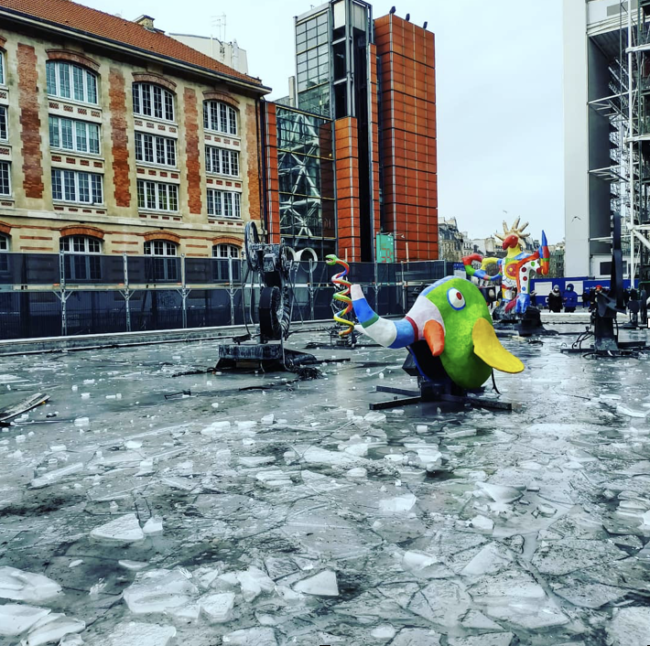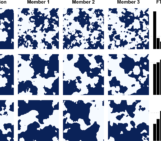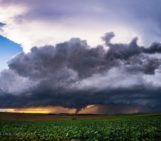
The winter of 2020-2021 has been characterized by various cold waves affecting – at different times – Western and Eastern Europe and North America. The most striking pictures show Madrid covered by up to 40 cm of fresh snow, frozen Thames near London and Canal St Martin in Paris, heavy snow in Amsterdam and even on the Eolian Islands, just offshore Sicily. At first this seems contradictory in a globally rapidly warming world and some climate-change denialists invoke such events as a “proof” that climate change does not exist.
The reality is that climate science can answer such criticisms and explain why, in a context of established global warming, cold waves can still be observed. Before explaining the mechanisms that still trigger snowy and cold events in warmer climates, it is important to understand that scientists agree on the fact that these events will become less frequent in the future than they are now. A few recent studies shown that we can already detect a strong signal in the decrease of average snowfall in most of Europe as well as an increase of temperature minima. Furthermore, despite cold spells that could affect large regions of the northern hemisphere during the boreal winter, the Jan 2021 monthly global temperature average anomaly with respect to the 1981-2010 period is positive over the majority of the globe. A new study suggests that the fingerprint of climate change can be detected from any single day in the observed global record since early 2012. Yet there exist at least four reasons that can still produce cold waves at mid-latitudes.
1. The variability and chaoticity of atmospheric motions can entrain cold air from polar latitudes to mid-latitudes via the disruption of the so-called polar vortex. The polar vortex is a compact area of low pressure and cold temperatures located at Northern latitudes. It is particularly strong in the Boreal winter because of the large temperature gradients from the North pole to the equator in that season: the pole receives little radiation in winter because of the darkness. Chaotic fluctuations in atmospheric motions can break the vortex and bring polar air at low latitudes as it just happened in winter 2020/2021.
2. Polar night will forever exist and so the polar vortex will be capable of advecting relatively cold air from northern to southern latitudes even in warmer future climates.
3. Climate change may have secondary effects on the polar vortex, for example inducing a more wavy behaviour which would favour cold waves at Southern latitudes. This hypothesis is highly debated in the climate science community and no consensus has been formed so far.
4. Ground to mid-troposphere temperature gradients may enhance snowfall precipitation especially on the proximity of warmer seas. This could happen in the future if land and sea warm-up faster than the atmosphere and this effect might be locally important where seas are warming faster than the rest of the globe as for example in the Mediterranean.
Besides the previous points one has to keep in mind that any statements made on climate change using a single event is meaningless as climate is constructed as a statistics of multiple events: one swallow doesn’t make a summer.




